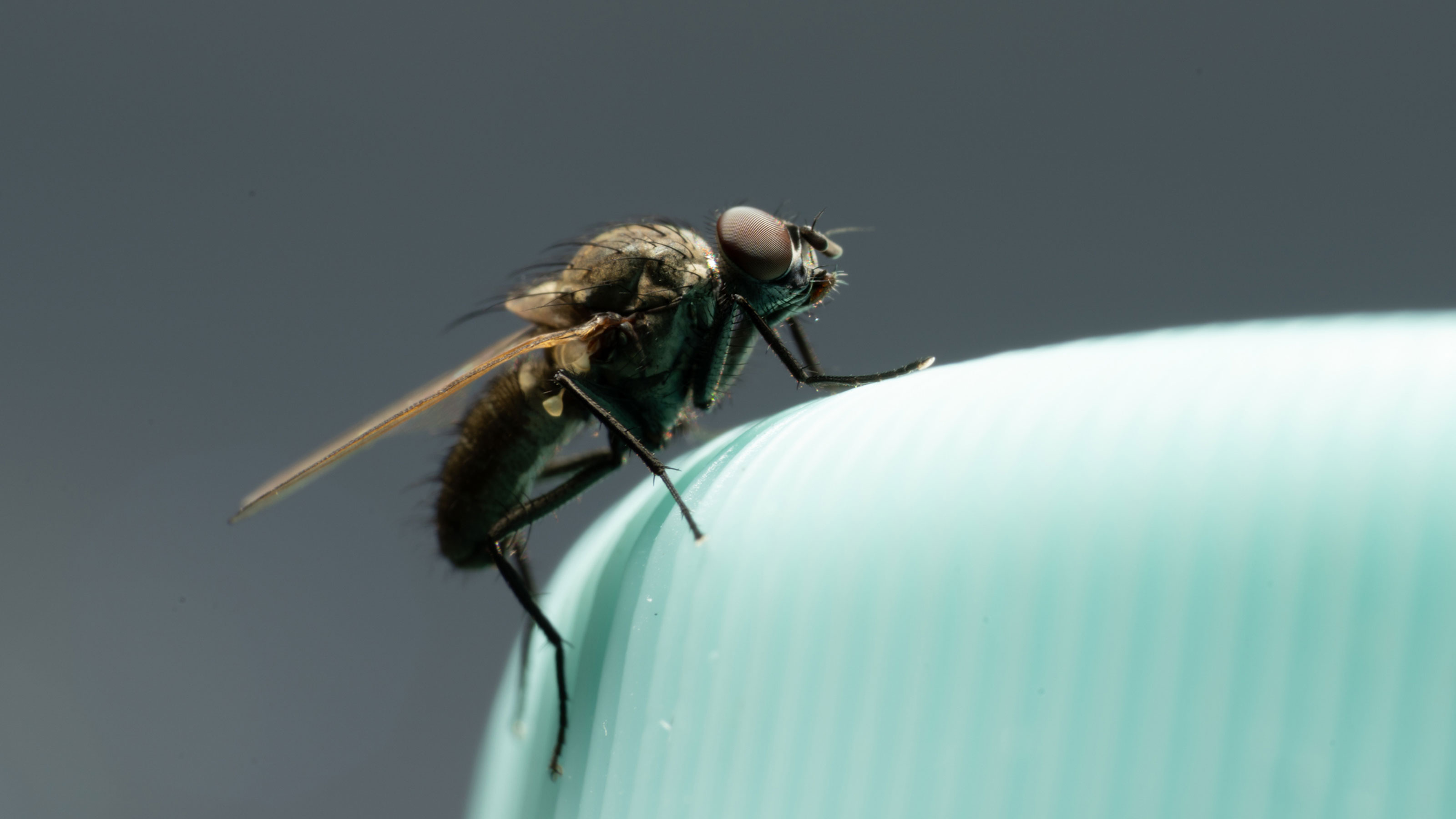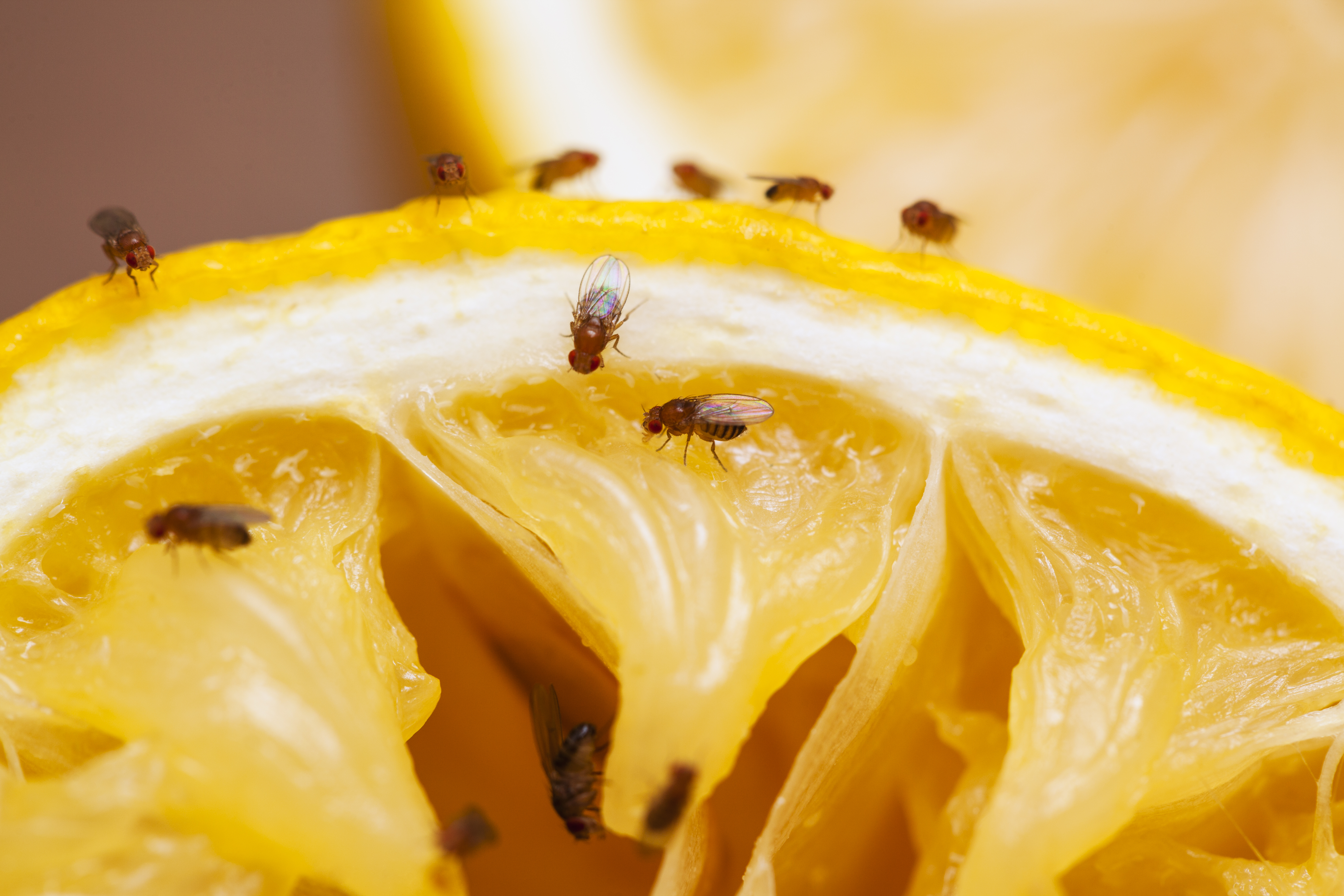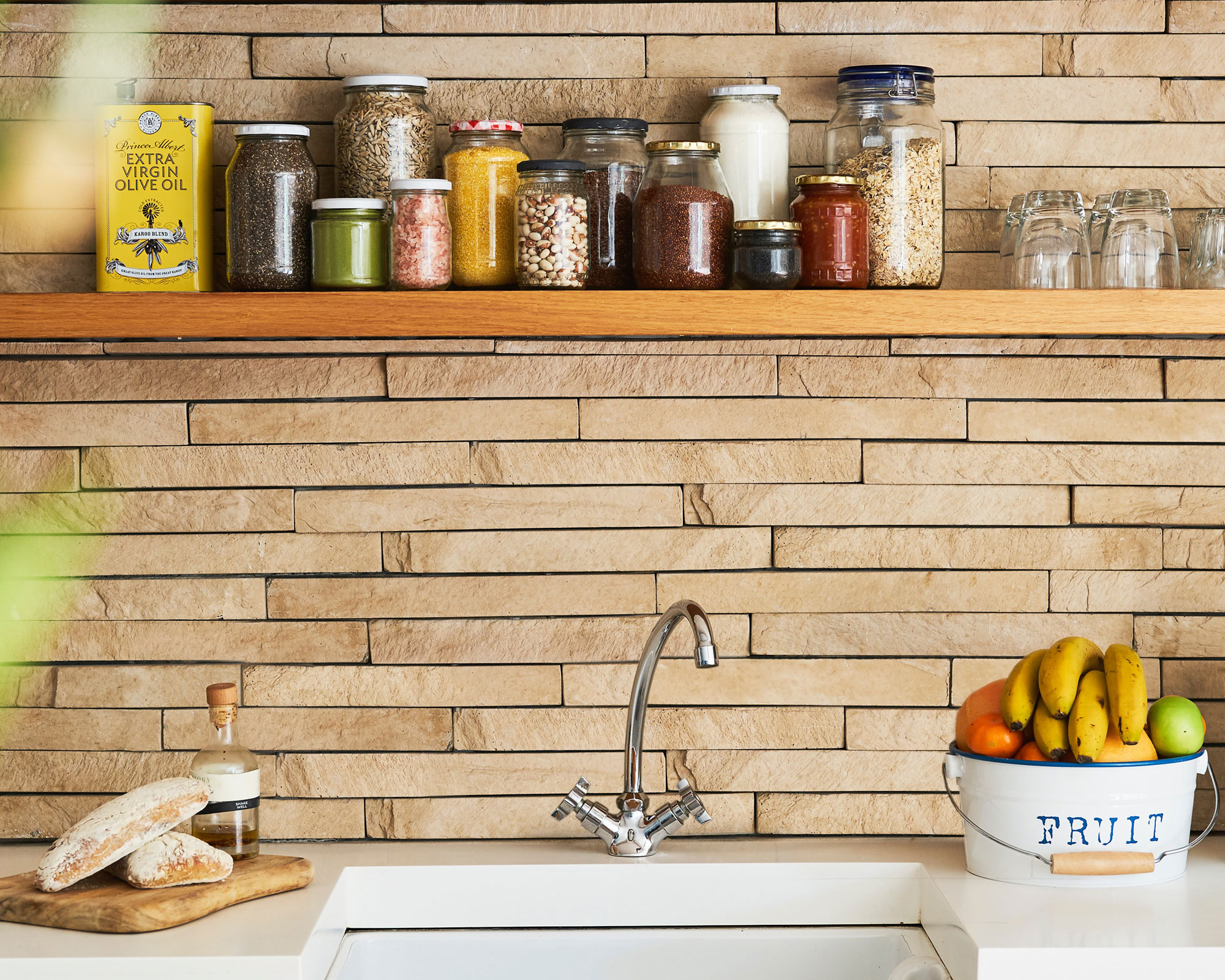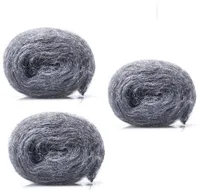

Find out how to get rid of flying insects in your home using these fail-safe methods such as natural remedies and prevention tactics.
You've swatted and sprayed countless times but the winged beasties just keep coming back - we feel your pain.
Not sure you're dealing with flies? Identify the bug in question over on our guide to how to identify bugs.
Alice Shaw-Beckett, Head of Content at Cleanipedia highlights some of the reasons why they keep coming back, "Food is usually the prime reason insects invade homes, so storing food properly and securely can solve the problem. Maintaining a clean kitchen will also get rid of insects."
Flying insects are among the hardest bugs to get rid of in your home, because they can easily gain access through open windows and doors, and even the smallest cracks, but are less easily caught than the ground-loving varieties.
Read on for more information on the main flying insect culprits and a few ways to coax these pesky pests to buzz off for good.
- Dealing with flies? Read how to get rid of flies for more info on bidding farewell to these winged pests.

The most common flying insects in a home
It may not always be easy to pinpoint what flying pest is buzzing around so it's worth looking out for where they're circulating.
Get small space home decor ideas, celeb inspiration, DIY tips and more, straight to your inbox!
Here are a few common beasties to look out for:
- Fruit flies will usually make a b-line for your yummy fruit bowl or anything sweet for that matter.
- Clothes moths will be wanting to chomp away at your favourite jumpers so you'll find them in bedrooms and walk-ins.
- Drain flies will congregate around, you guessed it, your drains, in the bathroom and kitchen, so check for leaks and get fixed immediately.
- Gnats fly in vast numbers and a lot of them are biters, choosing to arrive at your garden party at dusk. Fungus gnats will be living their best life in your plants, so exercising that green thumb will come in pretty handy.
Identifying flies
The most common household pest has got be the noble fly. Flies are bad news as they can spread bacteria such as Salmonella, typhoid and E.coli. Not ideal.
Alice Shaw-Beckett from Cleanipedia explains more, 'In the home, you’re likely to see them hanging around bins, rotting food, and damp areas like sinks and drains. To prevent them from becoming an issue, make sure you seal your bins, change them regularly, and don’t allow food to sit out for long.'
There are quite a few types of fly that'll happily make your house their new home, so here's how to know if you have a fly problem and which one you're dealing with:
- Houseflies: The adult housefly measures 5mm - 8mm and have a grey thorax and yellowish underside. Their larva is white and tapers to a point at the head end, measuring 12 mm in length, with 2 spots at the hind end.
- Drain Flies: They are a measly 2mm in length and have a tan colored body, with wings covered in fine hair and held wide over the body when resting.
- Fruit flies: Measuring 3mm in length, they have yellow–brown coloring with bright red eyes. They are slow fliers and generally tend to hover... over your fruit bowl.
- Find out more about how to get rid of flies, how to get rid of drain flies and how to get rid of fruit flies in our in-depth guides.
Identifying wasps
Wasps are probably one of the most feared flying insect pest and for good reason. They are aggressive in nature and are well-known for their nasty stings.
Alice explains, 'Wasps can build nests in between walls, in attics, and in eaves, and it’s best to get rid of them early in the year before the wasps multiply and become aggressive. Contact a professional pest control company for advice before attempting to remove a significant infestation in your home or garden as wasp stings can cause serious allergic reactions.'
Luckily they're pretty easy to identify with their yellow and black bodies but there are a few close relatives we think you should know how to identify – especially if they decide to make your house their new nesting place.
Here's how to identify wasps, yellow jackets and hornets.
- Wasps: Common wasps generally have an anchor shaped black marking on the front of their face and they make football-sized nests in the ground or in roofs and trees.
- Hornets: Twice the size of wasps, hornets are a lot more aggressive. Measuring approximately 1.5 inches, they are easily identifiable by their brown and yellow striped bodies. Their stings are extremely painful due to the chemicals found in their venom.
- Yellow jackets: Measuring a small half an inch long and black and bright yellow, yellow jackets make their nests below ground. They can be invasive and extremely destructive in nature.
- Wasp nests look like papery grey balloons, and often have an intricate swirly pattern on the outside, with cells visible from the bottom. However, if wasps chew coloured paper to build their nests, the finished product will look a little more artistic.
- Find out more about how to get rid of wasps in our jam-packed guide full of advice.
Identifying mosquitoes
Preferring warm, yet damp conditions, mosquitoes can be prevalent from warm spring showers in April through to damp, but mild conditions in October. That annoying (or alarming) whining noise of a mosquito at your ear is the first way of identifying them.
Here are a few more ways to spot mosquitoes and their close relatives, gnats.
- Mosquito: Small, measuring about 1/8 - 3/8" long with long mouthparts called a proboscis. Varying from grey to black, their markings are vary too, from white and green to blue, dependent on species.
- Gnats: Sometimes known as the midge, this small flying insect measure about 1.5 - 4mm long.
- Fungus gnats: Measuring 5 - 7mm, the fungus gnat has a grey/black body. Their larvae can be up to 5.5mm long and have white, shiny black heads.
- Zap those mozzies once and for all with our how to get rid of mosquitoes guide and find out more about how to tackle gnats with our how to get rid of gnats guide.
How to get rid of flying insects
1. Make a homemade trap for flying insects
This nifty trick using an empty soda bottle is an easy and inconspicuous way to keep flies from buzzing around inside your home.
Using a tempting natural bait, the winged beasties will enter the bottle easily but they'll find it pretty hard to escape again.
Here's how to make your own bug trap:
- Using an empty plastic soda bottle, cut the plastic bottle just below the tapered neck, turn the tapered neck upside down and insert into the bottle base.
- You can keep the lid on but you'll need to punch a hole through it so the flies can enter (the lid will help make sure they can't escape)
- Fill with your bait of choice: overripe fruit, 50/50 water sugar mix, sweet scented dish soap or honey mixed with water to make a sticky solution.
- Find more handy tips about how to get rid of flies in our definitive guide.

2. Take out the trash
Most flying insects are drawn towards smelly areas of your home, so take out the trash regularly.
Make sure you also empty out your compost caddies, rinse out and recycle empty wine or beer bottles to avoid attracting insect with a sweet tooth, and cover your trash cans, especially in the warmer months.

3. Keep your home clean
It goes without saying but your kitchen space is where most flying insects like to hang.
Shut down their buffet by clearing dirty dishes, clear up after your pets, including their litter and pet bowls and keep surfaces wiped down with antibacterial spray that are sure to invite the unwanted guests.

4. Store away food
Make sure you always store food in cupboards and sealed containers, and ensure that any spillages are cleaned promptly.
For example, any sugar will attract flies into your home and other stored commodity pests like the pantry moth love to gobble on loose flour, seeds and grain.
- Find out more about how to get rid of pantry moths in our in-depth guide.

5. Figure out their entrance route
It's normal for a few flying insects to enter via open windows and doors but if you're seeing a lot more than a few, consider fly screens if you don't have any or if you do, examine them for any holes or damage and get repairing.
Also, it's worth looking out for small cracks and crevices where you think the little tinkers could be entering through and filling them in with caulk for small cracks or wire wool for larger crevices.
Steel Wool Mice Fill Fabric DIY Repellents Kit, £13.99, Amazon
If you are looking to stop flying insects or larger pests from getting into your home, this wire wool kit should help fill up large crevices you suspect the pests are using as entry points.

6. Create an indoor herb garden
It turns out there are quite a few herbs that flying insects detest and we reckon this is the perfect excuse to invest in an indoor herb garden.
Those with strong heady oil content and scent appear to have some of the best repellent properties for domestic pests.
- Discover how to grow an indoor herb garden with this handy guide.
Lemongrass, basil, mint, catnip and lavender are among the most-hated, so it's lucky most of us love them (plus your cats will appreciate that catnip.)
Strategically place the pots in your kitchen, by windows and doors and in other areas where you've noticed the flying bugs' unwanted attention.

Jenny is Senior Digital Editor and joined the team in January 2021. She also works on the homes brands' video show, on the Future Homes Network, which is packed full of ideas to help you make the most of your own home and garden. Since getting on the property market with her first apartment and then more recently a house, her passion for interior design and gardening has taken on a new lease of life. Jenny's currently on the lookout for a doer-upper to put her stamp on. She loves collecting and salvaging unique items (much to her other half's despair) but sniffing out stylish home bargains is her one true love. When she has a spare minute, she loves to do a spot of crafting, having studied textiles at Uni – although she hardly gets the chance with a toddler who keeps her permanently on her toes.
